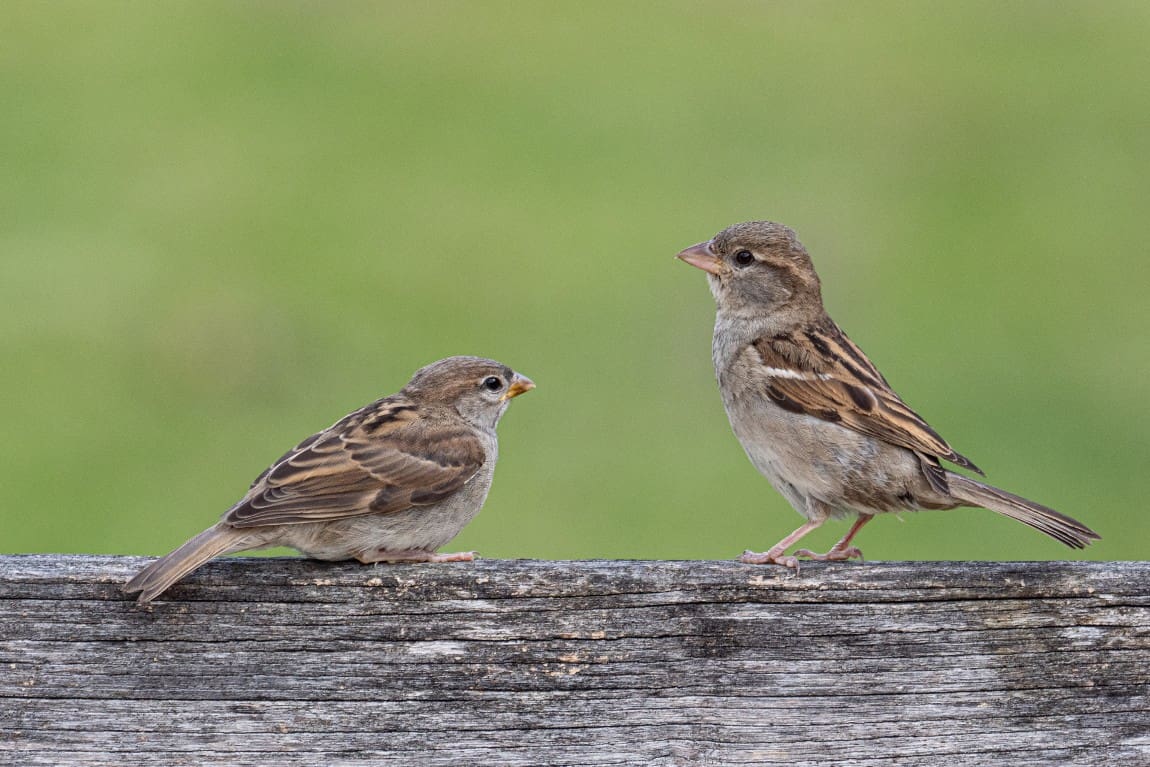What eats the spotted lanternfly? We help you to better understand this invasive species and keep your garden safe.
Invasive species can have profound ecological and economic impacts on their newly adopted habitats, often disrupting natural balance and causing widespread damage. Among these invaders, the spotted lanternfly has emerged as a particularly concerning threat. The spotted lanternfly is wreaking havoc on crops, trees, and ornamental plants in the New England area.
At Borst Landscaping & Design, we take a holistic approach to pest management, utilizing organic solutions that target unwanted visitors while preserving the delicate balance of your property. You can say goodbye to harsh chemicals and toxic pesticides that harm more than pests! Our integrated pest management strategies focus on prevention, using nature’s defenses to keep pests at bay and minimize their impact on your plants.
Call Borst at (201) 785-9400 or reach out online today!
What eats the spotted lanternfly?
As scientists and researchers strive to combat the spread of this insect, their natural predators and enemies play a vital role in keeping the numbers in check. The lanternfly may have established itself as an invasive and destructive pest, but its reign of destruction is far from unchecked. So, what eats the spotted lanternfly?
Birds
Birds are one group of predators that have taken a keen interest in dining on lanternflies. Bird species such as the downy woodpecker, European starling, and several sparrow species have been observed actively hunting and eating these pests. The lanternflies’ bright and distinct coloring serves as a visual cue for these predators, signaling a potential meal. These birds contribute to the natural control of this invasive pest, helping to reduce their numbers and their impact on vegetation.
Insects
Beyond avian predators, several insect species have also joined the fight against the invasion. Praying mantises, native and non-native, have shown an appetite for lanternflies. These stealthy predators patiently stalk and capture lanternflies, helping to limit their population. Ladybugs, known for their role as beneficial insects in pest management, have also been observed eating lanternfly nymphs.
Spiders
Spiders, too, play a vital role in controlling spotted lanternflies. These skilled predators weave intricate webs that ensnare unsuspecting lanternflies, providing an effective means of population reduction. While many natural predators exist in the ecosystem, some have been introduced as part of biological control efforts to target and combat the spotted lanternfly specifically.
Borst is committed to excellence
So, what eats the spotted lanternfly? Many predators have emerged as staunch defenders of the ecosystem. As scientists continue to study the natural interactions, there is hope that these predators will contain the spread of the spotted lanternfly. The preservation of local plant life and agriculture is a top priority.
If you’re wondering what eats the spotted lanternfly, we can help. It’s our passion to create landscapes that capture the imagination and leave a positive impact for generations to come. Contact Borst today, and let us embark on a shared path toward a greener, more balanced world. Your landscape is not just a canvas; it’s a testament to the power of mindful design and conscious living. Together, we can redefine the future of landscaping and organic pest control!
Call us at (201) 581-8076 for your free consultation, or fill out a contact form on our website today.
Photo by Tobias Roth on Unsplash

